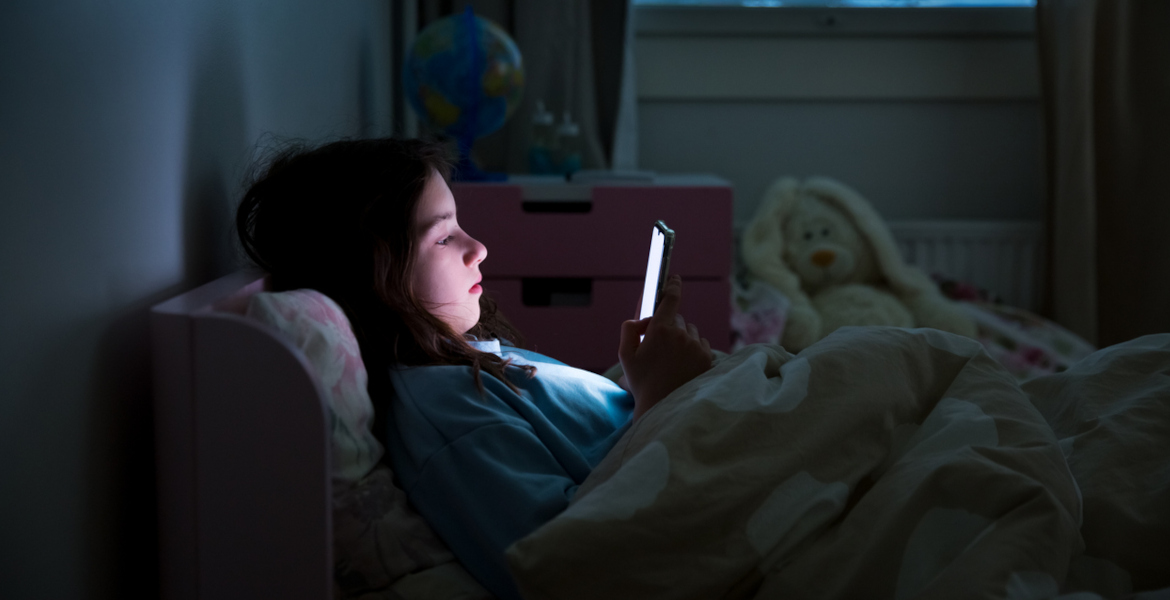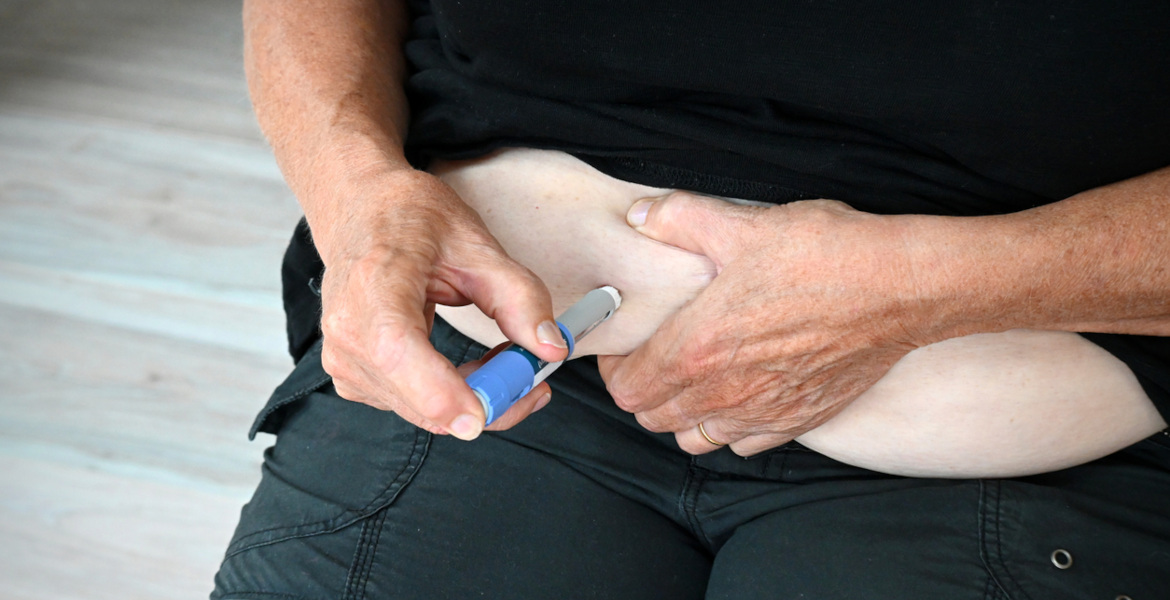Eating garlic and applying coconut oil to your body this summer can reduce the risk of tick bites. There are also other natural ways to deter the parasites.
Why some people suffer more tick bites than others is partly unclear. A 2018 study found that ticks were more attracted to people with blood group A and least to those with B. Some researchers also suggest that it is a matter of body odor and that ticks can be attracted to people who exude ammonia, carbon dioxide or body heat, for example.
There are a lot of tick repellents on the market, both for animals and humans, but they can often contain some substances that are not very healthy. Some say that a number of natural items you have at home can help.
Garlic
Garlic lovers can feel slightly safer from tick bites, some say. Ticks are supposed to dislike garlic, and eating it regularly can scare them away. In a major Swedish study that began in 1998, doctor Johan Berglund investigated how garlic worked against ticks on 100 coastal rangers in the Swedish navy. The results showed that among those who ate garlic capsules, 30 percent more people avoided bites altogether, and those who did get ticks had 30 percent fewer bites.
Note that this only works on humans, animals can get sick from eating garlic and other onions.
Coconut oil
According to insect researcher Anders Lindström, the lauric acid in coconut oil should deter ticks. A 2008 study also supports the idea that coconut oil works well as a tick repellent and you can apply the oil to yourself and your animals. For example, Veronica Axelsson told tax-funded SVT in 2019 how she almost completely avoided ticks on her dogs using only coconut oil.
Rosemary
A 2010 study showed that rosemary remedies were effective against ticks. Here’s how to make your own rosemary decoction:
Boil about one liter of water. Remove the pan from the heat and add a jar of dried rosemary or a few sprigs of fresh rosemary, then leave the mixture to cool under a lid. Adding a little thyme should also be effective, but is not essential. Pour the mixture into a spray bottle and add a tablespoon of white wine vinegar. Spray on the skin before going into tick-infested areas. This should also work on animals. The concoction keeps for about two weeks.
Cloves
A 2006 study looked at different essential oils for tick bites and found that clove was a good option. It should work best if you buy clove as an essential oil and apply it, and you can try making a decoction as with rosemary. When it comes to animals, however, you should be careful with essential oils in general as they can be harmful.
Animals and ticks
Get into the habit of examining your animal every day. One tip is to buy a clothes roller, which is used to remove hair from clothes, and roll the animal from time to time. Ticks that have not yet settled can then get stuck on the roller. It also doesn’t hurt to brush the animal (outdoors) regularly. Ticks often settle around the neck or in armpits, for example. Keep a tick remover or similar readily available to quickly remove ticks from the animal.
Amber collars
Something that is both stylish and effective in preventing ticks is to use an amber collar. Amber is said to create a static charge in the animal’s fur that makes it harder for ticks to settle. Apparently, amber also emits a scent that ticks do not like.
Electromagnetic tick pendants
As with amber, these are supposed to work by electromagnetic charge and thus repel ticks, according to some. It should easily attach to any dog or cat collar.
Removing ticks
It is important to remove the tick as quickly as possible. This can be done with tweezers or with a special tick remover available from pharmacies, for example. Some people take a piece of paper and pinch the tick as close to the skin as possible. When removing it, pull straight out, don’t twist and try to avoid squeezing it too much. You can then flush the tick down the drain, burn it or put it in a glass jar with alcohol/ethanol. The alcohol should be at least 40 percent, says Professor Thomas Jaenson according to Land.se.
Tick-proofing tips
When staying in the forest, or in other places where there is a risk of encountering ticks, it can be advantageous to wear covering clothes, especially on the legs. Tuck your pants into your socks if possible. Smooth fabrics and even rubber boots make it more difficult for ticks to follow you home. One tip is to cover your arms and legs with regular nylon tights as the ticks will slide off the fabric.
Some people say that dark clothes are better than light ones as ticks are more attracted to light fabrics, while others say that light ones are better as it is easier to see the ticks. Regardless of your choice of clothes, you should brush them off thoroughly before entering your home.
Many people are afraid of ticks for understandable reasons, but don’t let this fear prevent you from spending time in nature. Nature is a source of health and well-being that should be taken advantage of. Those who have a little extra difficulty getting over their fear can stay on well-trodden paths and avoid high grass and rough terrain.







